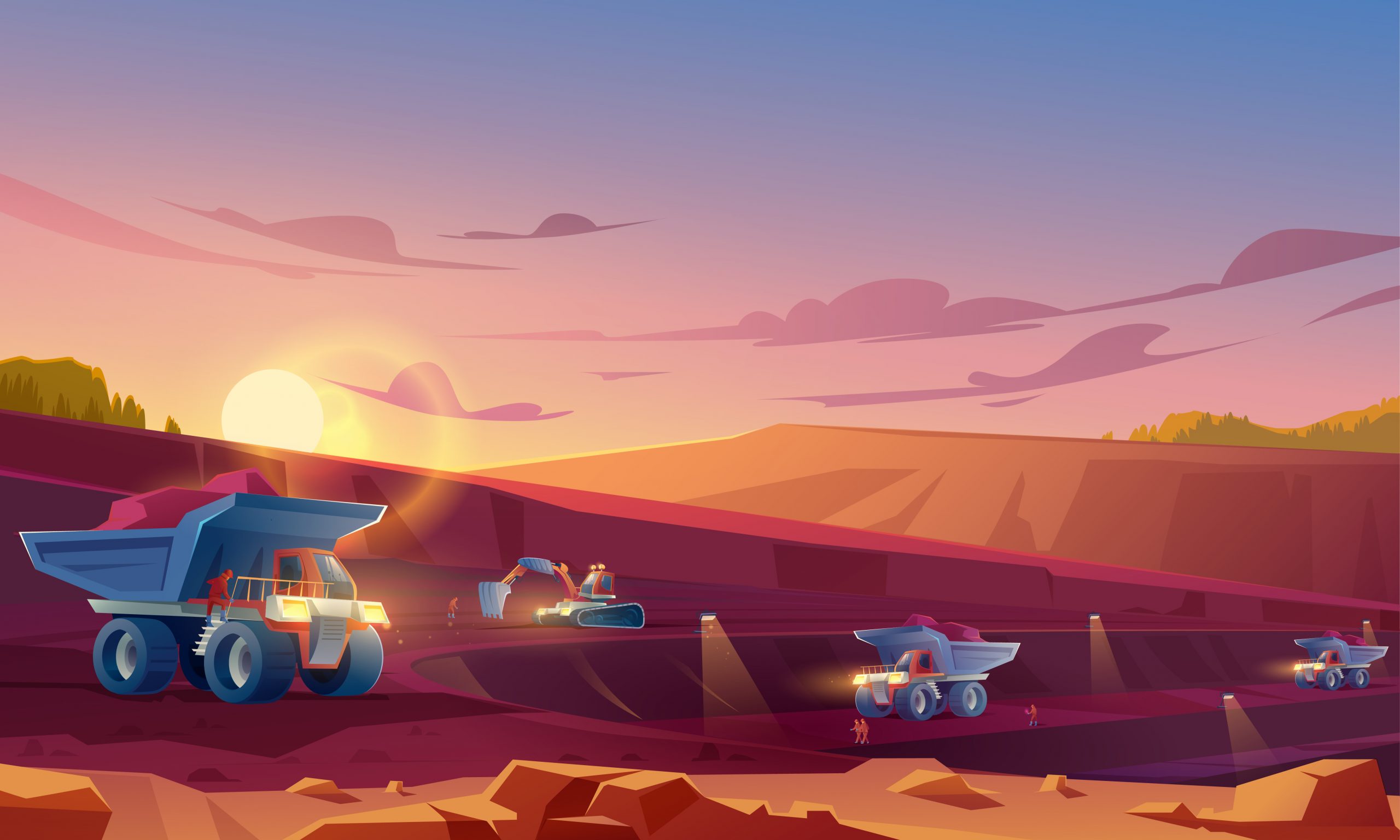News Highlights:
- Recently, a plan to generate electricity from the defunct Kolar Gold Fields (KGF) in Karnataka utilising Low-Tech Gravity Technology was put out by an Australian renewable energy company.
- An Australian renewable energy company, Green Gravity, proposes Low-Tech Gravity Technology. The company plans to use gravity as a “fuel” to generate electricity.
Mechanism of the Technology:
- Process of Low-Tech Gravity Technology:
- The plan is to find defunct mines, which often go hundreds or thousands of meters deep, and haul a Weighted Block, which may be around 40 tonnes, up to the top of the mine shaft using renewable power during the day.
- When backup power is required, the heavy block will fall under gravity, and the ensuing momentum will power a generator via a connected shaft (or rotor).
- The depth to which the block can slip can be determined via a braking system, thus giving control over the amount of power that can be produced.
- Compared to the pumped hydropower storage method:
- Green Gravity’s approach is similar to the well-established “pumped hydropower” storage approach.
- In this approach, water is pumped upstream electrically into a reservoir and released downhill to move a turbine and produce electricity when needed.
- Advantages:
- Using weighted blocks instead of water means that decommissioned mines can be used, and the environmental costs and challenges of moving water up can be avoided.
- This approach can also mean less reliance on coal-produced power and access to reliable power.
Significance of Low-tech Gravity Technology:
- Renewable energy at off-peak hours:
- A hiccup that makes renewable energy unreliable is that there is no power during nights or windless days.
- Charging a battery for backup during this downtime hikes power prices.
- Low-tech Gravity Technology can help address this challenge.
- This technology may use more energy than produced, but when accounting for being able to make renewable energy available at off-peak hours can mean less reliance on coal-produced power and access to reliable power.
- Usage of decommissioned mines:
- Using weighted blocks instead of water means that decommissioned mines can be used, and the environmental costs and challenges of moving water up can be avoided.
Kolar Gold Fields:
- About:
- Kolar Gold Fields (K.G.F.) is a mining region in K.G.F. taluk (township), Kolar district, Karnataka, India.
- Kolar Gold Fields has operated for almost two centuries, and the KGF mines are the world’s second deepest.
- Mining in KGF was started by Jhon Taylor & Sons in 1880.
- KGF has yielded nearly 800 tonnes of gold for 51 million tonnes of mined rock.
- Mine closures:
- The Kolar gold mines were nationalised in 1956 and provided a total of over 900 tonnes of gold.
- They were closed by the Indian government on 28 February 2001 for environmental and economic reasons; food, water and shelter were scarce, and production did not justify the investment.
- India’s gold production:
- Currently, India has three working gold mines in the country — Hutti and Uti mines in Karnataka and the Hirabuddini mines in Jharkhand.
- India’s gold production is around 1.6 tonnes a year, compared to the 774 tonnes a year of gold that it consumes.
Pic Courtesy: Freepik
Content Source: The Hindu



